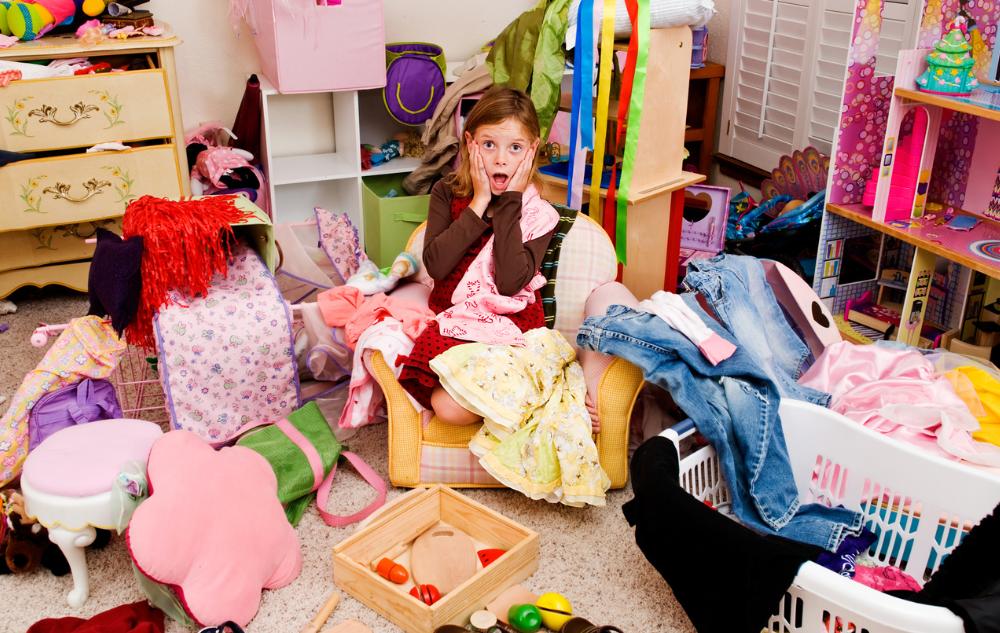You can declutter with a little creativity and care while reducing your landfill impact.
Clutter happens! The longer you live somewhere, the more likely you are to accumulate things around your home. When you’re in the middle of cleaning, you may not give a thought to throwing away the things you no longer need. But in some cases, there may be opportunities to give your unwanted items a new purpose or a second life.
Clear your clutter today with these sustainable tips and tricks! It’s amazing what a little organization and open space can do for your mental well-being.
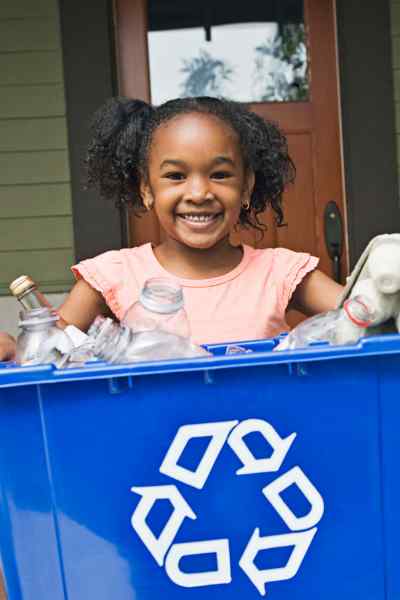
Recycle
Recycling your unwanted paper, glass, metal, and plastic is the most obvious way to reduce unwanted items in your home. Keep in mind that you must recycle properly to prevent doing more harm than good. Entire batches of recyclable materials can end up in landfills if too many contaminated or non-recyclable items are commingled. Even if your community has an excellent recycling company, it can cost your municipality extra to weed out “dirty items.” Avoid “wish-cycling” and familiarize yourself with your community’s recycling guidelines to ensure your recyclables meet their intended destination.
Still have recycling questions? Jennie Romer’s Can I Recycle This? is an excellent resource and a comprehensive guide to all things recycling.
Repurpose and Upcycle
Gather old candle jars, boxes, canisters, tins, sturdy plastic tubs with lids, and other containers and put them to work! You can kill two birds with one stone by repurposing your old or unused vessels to better organize the things you want to hang onto.
Have old baskets, jars, picture frames, canvases, paper scraps, or other bits and bobbles lying around? Get those creative juices flowing and make something new! There are lots of ways to repurpose discards in your home into something valuable, useful, or unique. This creative process, known as upcycling, has caught on in recent years and is a beautiful fusion of sustainability, functionality, and art. Unsure what to make? Online sites like Pinterest, Upcycle That, and The Spruce: Upcycling Projects for All Around the Home have a wealth of inspiration from which you can draw. Get in touch with your inner artist and have some fun with this one!
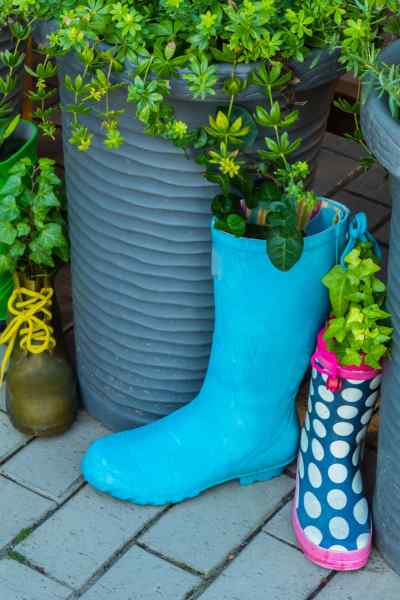
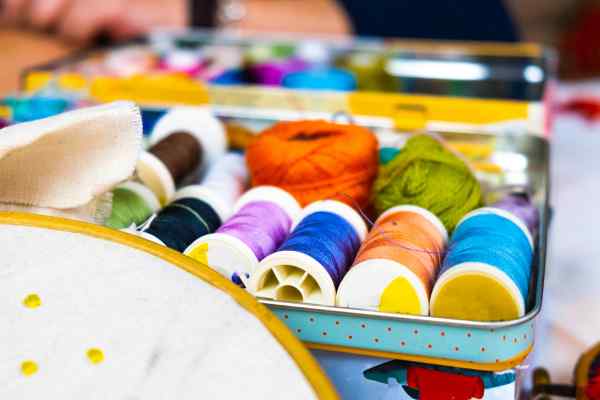
Donate or Consign
If your items are gently used, you can donate unwanted items to someone else. First, consider using your local networks: family and friends, neighborhood groups, church or school networks, preschool or parenting groups, or any person who might have interest in your discards.
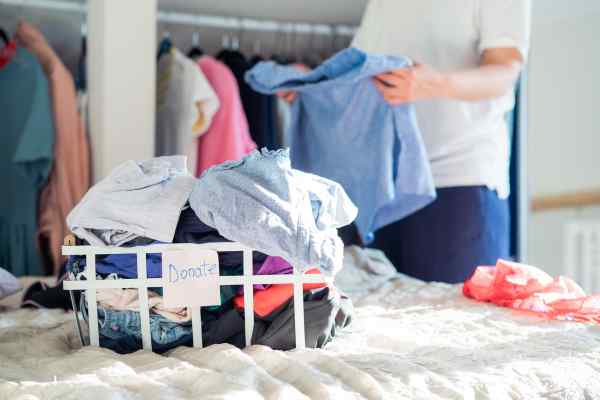
One of my favorite networks is my neighborhood mom group text thread. Over the years, we’ve exchanged clothing, toys and games, snacks our kids didn’t care for, even wrapping paper left by a certain jolly individual that we didn’t want to risk retaining until the next holiday season.
If your local network has no use for your items, consider donating items to Goodwill, The Salvation Army, local foster program networks, shelters, or other non-profits in your area. These organizations rely on the generosity of others to make a difference in our communities.
Consigning unwanted quality items is a great way to turn your discards into literal cash. Seek out your local consignment store or search for pop-up events in your area to buy and sell goods for your home and family. One of my favorite pop-ups to consign with is Just Between Friends, which specializes in clothing, gear, and toys for babies and children.
But the ultimate clutter-busting habit is…
Ultimately, the secret to a minimalist, clutter-free life is to be a mindful, more purposeful shopper. Avoiding unnecessary items altogether is the best way to live a sustainable life. There are many ways to do this:
- Only buy goods that you truly need.
- Resist the consumerist temptation to purchase many low-quality items. Instead, spend a few more dollars to purchase fewer high-quality items.
- Shop consignment sales to support secondhand markets and acquire higher quality goods at a fraction of the cost.
- When an item becomes damaged, take the time to research whether a simple repair can make the item usable again. If you can’t do it yourself, seek a local repair shop’s help to make your item new again.
- When possible, purchase items in sustainable or reusable containers, which last longer and are better for the environment.
- When giving a gift, consider purchasing something that your recipient can use, experience, or consume. Or donate in the giftee’s name to a cause that is dear to them.
Think outside the box this year while you spring clean and declutter your home. Then, sit back and enjoy your minimalism, knowing you made space in your home without sacrificing the environment.
Looking for more? Check out other articles from One Planet Life that may interest you:
- Let’s Start Really Thinking About Our Trash
- Spring Clean More Sustainably with Eco-Friendly Cleaning Products

Written by Kristina Shane
Content Manager and Editor
“I’ve always had a strong inclination to protect and nurture the people and living things around me; especially after having kids, I became passionate about conserving our planet for future generations. It’s my duty to teach my children, through words and actions, how to be good citizens and thoughtful stewards for our planet. Joining One Planet Life felt like a natural next-step for me, and I’m thrilled to support their mission and strengthen my own sustainability efforts.”

